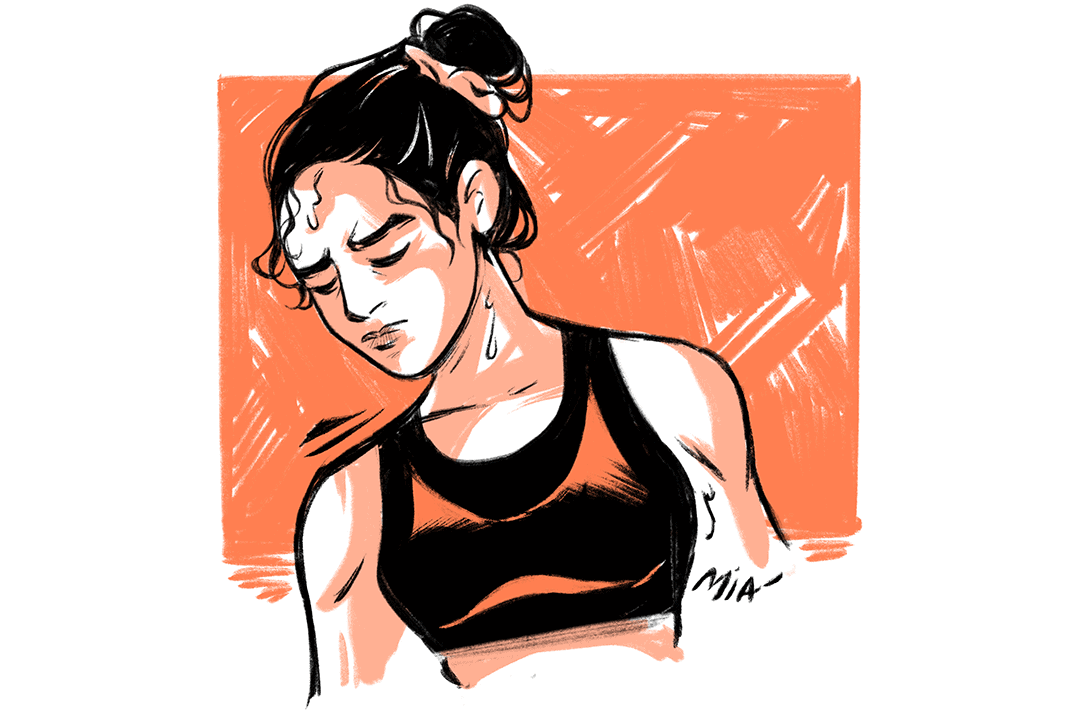There is no denying that the impacts of the climate crisis are being felt all around us. From the increased intensity and frequency of hurricanes, to longer periods of drought across the world, many people are directly facing the catastrophic consequences of our changing climate. Sports, like many other aspects of our lives, have not been left untouched. The climate crisis has the ability to turn many summer sports into deadly heat-traps and force winter sport athletes and organizers to take drastic actions in order to prolong their seasons.
Winter sports, especially, are prone to the changing climate. According to a study conducted by the David Suzuki Foundation, warmer winters will lead to shorter ice and snowfall seasons, as well as a reduction in snow cover. As a result, the skiing and snowboarding season across Canada and many other countries, whose tourism revenue relies on the winter season, will see an overall reduction across the board.
Resorts are being forced to use fake snow to counter rapid melting of snow and maintain their skiing and snow- boarding seasons. Unfortunately, this option comes at a major price both financially and environmentally, as snow-making machines are costly, water-intensive, and the snow created is water-tight, which means that water cannot seep back into the ground, thus impacting the water table.
Summer sports are not spared from this crisis either. Athletes and spectators will be more prone to heat-related illnesses. For example, during the 2015 US Open, many tennis players felt the effects of record-high temperatures and humidity levels. This contributed toward 10 players retiring from the tournament in the first round due to heat-related circumstances, with many others throwing up and passing out.
American tennis player John Isner said that these illnesses had absolutely nothing to do with the fitness levels of the competitors. The body is unable to cool itself off in a combination of high heat and humidity, and continued exposure leads to illness. With temperatures continuing to rise globally and with more intense heat waves, it is easy to imagine that there will be a massive spike in heat-related deaths and illnesses.
However, this does not mean we need to give up sports entirely to minimize damages. ere are changes that can be made at the amateur, university, and professional levels to respond to this crisis. is includes providing cooling provisions for athletes and fans during times of extreme heat, such as playing in sheltered, air-conditioned venues or allowing extended water breaks to the competitors. For example, the US Open provided tennis players with at least a 10-minute break between sets to allow their bodies to properly cool off.
Outdoor soccer and gridiron football stadiums will also have to improve their water drainage systems in order to prevent pitches from clogging up due to heavy downpours, which could lead to athletes seriously injuring themselves. Furthermore, athletes and organizations will need to use their reach and influence to encourage environmentally-sustainable lifestyles and initiatives.
One example comes from the English Football League Two soccer club, Forest Green Rovers. The club became the world’s first United Nations-certified carbon-neutral club by feeding their players and supporters vegan food and having numerous eco-friendly facilities at their stadium, such as electric car charging facilities and an organic football pitch. The club’s stadium is also 100 per cent powered by green energy.
Their supporters have been in favour of these initiatives and have taken it upon themselves to adopt these same principles at home, for example by transitioning toward a vegan diet to lower their carbon footprint. This is just one example of how teams are able to use their reach to influence the decisions their supporters make.
This story is part of Covering Climate Now, a global collaboration of more than 300 news outlets to strengthen coverage of the climate story.


